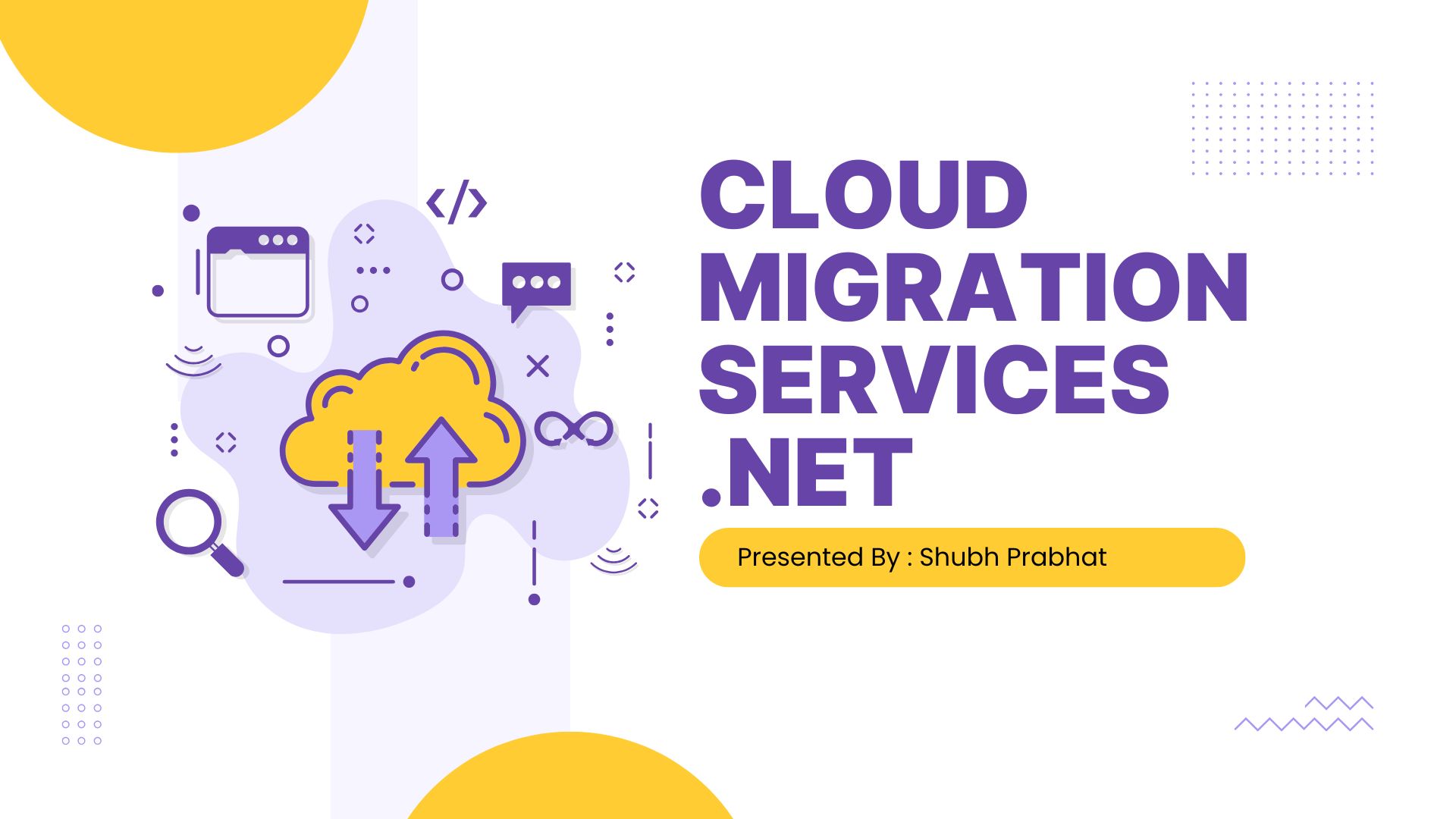In 2015, the tech world was at a pivotal moment. Cloud computing had moved from buzzword to business imperative. Organizations that once relied heavily on traditional ASP.NET monolithic applications faced a critical question: How can we modernize and migrate to the cloud without disrupting business operations?
I had the opportunity to lead one such migration — moving a legacy ASP.NET application into the cloud, setting the stage for innovation, scalability, and resilience. Looking back, it offers timeless lessons — especially now, in an era shaped by containerization, serverless computing, and intelligent cloud services.
The Starting Point: A Classic ASP.NET Monolith
The application we migrated was a large enterprise-grade ASP.NET Web Forms app built between 2008–2012. It was hosted on-premises, tightly coupled to SQL Server, and deeply reliant on session state and synchronous operations.
Common issues we faced:
- Scalability bottlenecks (limited by hardware capacity).
- Maintenance complexity (tight coupling, monolithic architecture).
- Cost spikes (server upgrades, downtime mitigation).
- Lack of agility (every change required weeks of regression testing).
Cloud was not just an option — it was a survival strategy.
Why Azure Was Chosen in 2015 (and Why It Still Makes Sense)
At the time, Microsoft Azure was rapidly evolving. Services like Azure App Services, Azure SQL Database, and Azure Storage were gaining maturity.
Key reasons for choosing Azure:
- Native support for ASP.NET applications.
- PaaS options that simplified deployments (App Service Plans).
- Built-in load balancing and auto-scaling.
- Seamless integration with Visual Studio and existing Microsoft tools.
- Compliance and security certifications critical for enterprise workloads.
The Migration Strategy: Lift-Shift-Modernize
In 2015, cloud-native architectures (like microservices and serverless) were just emerging. A full re-architecture wasn’t feasible immediately. Instead, we used a three-phase migration strategy:
1. Lift and Shift
We first migrated the monolith “as is” using:
- Azure App Services for web hosting.
- Azure SQL Database (using Data Migration Assistant to move schema/data).
- Blob Storage to replace heavy file system dependencies.
Key 2015 Azure Features Used:
- App Service Deployment Slots (zero-downtime deployments)
- Azure Traffic Manager (global load balancing)
- Azure Backup and Recovery Vault
2. Partial Refactoring
Once stable, we started breaking down:
- Moving authentication to Azure Active Directory.
- Offloading background jobs to Azure Functions (early serverless).
- Using Azure Service Bus to decouple components.
- Caching frequently accessed data in Azure Redis Cache.
This reduced response times and minimized database strain.
3. Cloud-Native Enhancements
Finally, in later iterations (2016–2017):
- Introduced Docker containers (Azure Kubernetes Service wasn’t fully mature yet, but Azure Container Service helped).
- Shifted toward microservices architecture for new modules.
- Integrated with Application Insights for deep telemetry and monitoring.
Challenges We Faced (and How They Reflect Today’s Best Practices)
Even today, the challenges we faced during the 2015 migration are common:
| Challenge | How We Solved It | Today’s Best Practice |
|---|---|---|
| Session state dependency | Used Azure App Service sticky sessions and started externalizing state to Redis | Design stateless services from the beginning |
| Long database migration downtime | Scheduled phased migrations and sync mechanisms | Use tools like Azure Database Migration Service with minimal downtime cutover |
| Tight monolith dependencies | Applied the Strangler Fig Pattern (gradual replacement) | Microservices-first or modular monolith designs are now preferred |
Cloud Features (Today) We Wish We Had in 2015
If we had today’s cloud technologies in 2015, our migration would have been even smoother:
- Azure Kubernetes Service (AKS) for container orchestration.
- Azure Arc for hybrid multi-cloud governance.
- Serverless offerings like Durable Functions for long-running workflows.
- Azure DevOps Pipelines for robust CI/CD automation.
- Managed Identity for secure service-to-service authentication without secrets.
Closing Thoughts
Migrating an ASP.NET application to the cloud in 2015 taught us invaluable lessons about technical debt, scalability, and embracing change.
Today, with modern Azure capabilities, cloud migration isn’t just about cost-saving — it’s about unlocking innovation, speed, and global reach.
If you’re holding onto a legacy system in 2025, the message is the same:
The cloud isn’t a destination — it’s an operating model for the future.
Start small, modernize iteratively, and leverage the power of intelligent cloud services to lead, not lag.
✍️ Author: [Shubh Prabhat]
🚀 About Me: Cloud Solutions Architect | Digital Transformation Enthusiast | Building Future-Ready Systems
